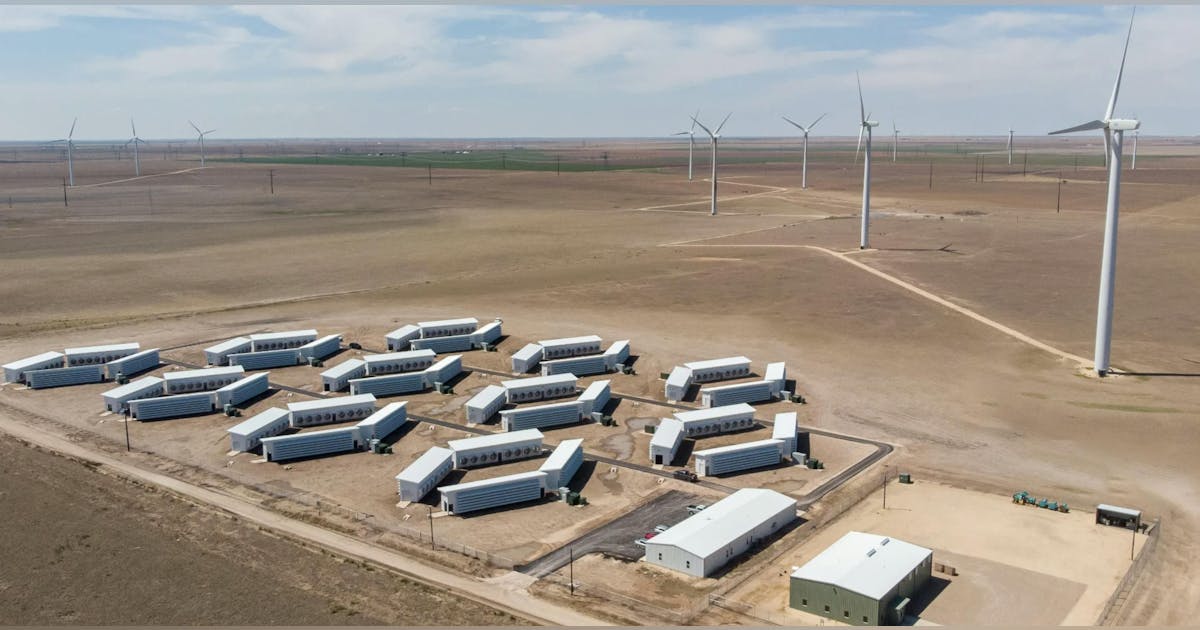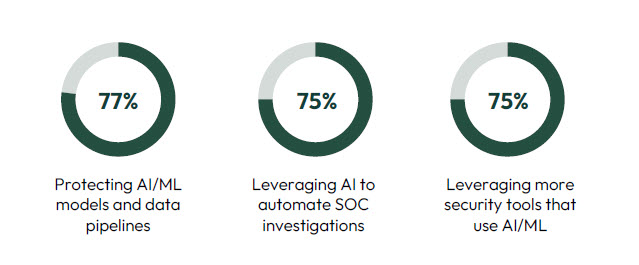
The Gas Exporting Countries Forum (GECF) projects a 2 percent increase in natural gas consumption in 2025 on continued growth in the power and industrial sectors.
Global production is also forecast to rise 2 percent, driven by the Middle East, according to the GECF’s monthly report for April.
The GECF noted of anticipated economic slowdown and a lower inflation rate relative to 2024. The Doha-based intergovernmental body also pointed out energy prices dropped for the second consecutive month in March 2025.
“The escalation of US tariffs and retaliatory measures from key trading partners are expected to dampen trade flows, contributing to a broader deceleration in global economic activity”, stated the report on the GECF website. “Moreover, rising trade policy uncertainty and persistently tight global financial conditions pose substantial downside risks to the global outlook”.
In the first two months of 2025 gas demand in major gas-consuming countries that account for 60 percent of world gas demand increased 4 percent year-on-year to 543 billion cubic meters (19.18 trillion cubic feet).
European Union gas demand last month climbed 5.2 percent from the same period in 2024, totaling 32 Bcm and extending its growth to seven consecutive months. “This increase was primarily driven by higher consumption in the power and residential sectors”, the GECF said. “March 2025 was slightly cooler than the record-breaking March of 2024, with temperatures averaging 6.03°C across European land areas – 0.08ºC lower than the previous year”.
“Meanwhile, reduced wind and hydro generation heightened reliance on gas-fired power plants to maintain grid stability”, the GECF explained. “Additionally, industrial gas usage continued its upward trajectory, supported by a rebound in major European economies and the advantage of stabilized gas prices”.
In the United Kingdom March 2025 marked a seventh consecutive year-on-year rise in gas consumption, with 6 Bcm recorded. Residential demand, though, dropped 5.2 percent on lower heating demand amid warmer-than-average temperatures. That was offset by a 37 percent increase in gas demand in the electricity sector amid a decline in wind and hydro generation.
Meanwhile China’s apparent gas demand – production plus imports – fell 4.5 percent year-over-year to 33.7 Bcm in March. Gas-fired power production slipped 5 percent on increases in nuclear and renewable generation.
Elsewhere in East Asia, Japanese and South Korean demand fell 7.7 percent and 2.8 percent respectively amid warmer weather. Japan consumed 8.1 Bcm, as power sector demand also softened. South Korea consumed 5.4 Bcm in March.
Indian gas demand fell 5.8 percent year-on-year to 5.3 Bcm in March on weaker demand among power and fertilizer producers and refineries.
United States demand fell 2.3 percent to 77 Bcm. Gas-fired generation declined, as did gas demand in the residential and commercial sectors. A decrease in industrial gas demand came amid dampened economic activity.
Meanwhile the GECF reported a 3.8 percent year-on-year fall in global gas production in February, totaling 340 Bcm. “All the main gas producing regions witnessed a negative production variation, including Eurasia, which witnessed the greatest decline, along with the decrease in European production driven by lower gas output in Norway”, it said.
North America remained the top producing region accounting for 30 percent of the global figure in February. It was followed by Eurasia with 20.5 percent, the Middle East with 19 percent and Asia-Pacific with 16.5 percent.
To contact the author, email [email protected]
What do you think? We’d love to hear from you, join the conversation on the
Rigzone Energy Network.
The Rigzone Energy Network is a new social experience created for you and all energy professionals to Speak Up about our industry, share knowledge, connect with peers and industry insiders and engage in a professional community that will empower your career in energy.
MORE FROM THIS AUTHOR





















